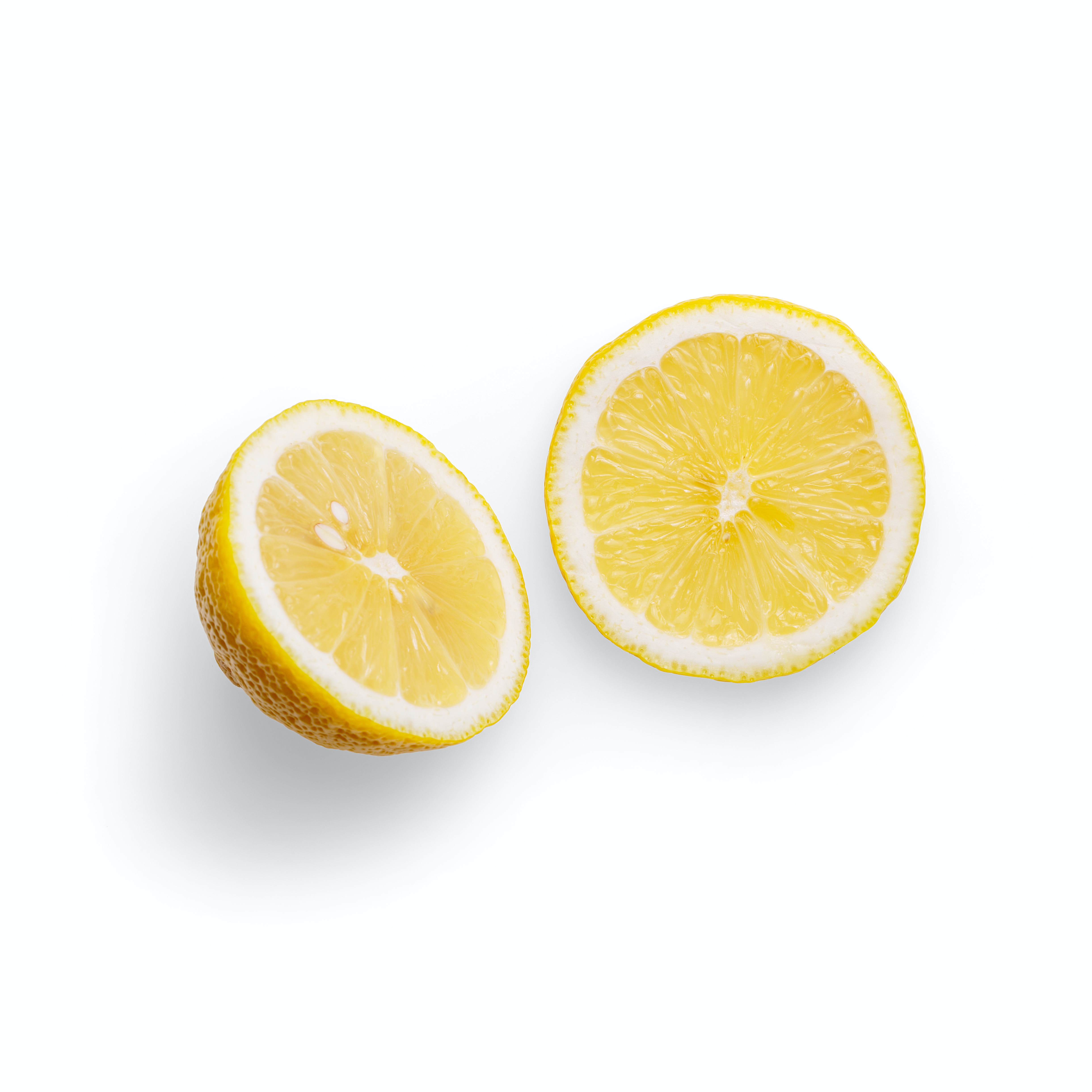Table of Contents
Acid is arguably the most under appreciated flavour enhancer. Put simply, the power of acid is in the contrast it offers, which provides balance. Consider it salt’s anti-hero; whilst salt is enhancing the flavour, acid is balancing everything out. It is absolutely indispensable to cooking. In this article we’ll start by explaining the science behind pH and taste perception, before moving on to discuss some of the key areas where acidity becomes such a powerful tool.
pH and Taste Perception
When an acidic substance enters the mouth, it donates hydrogen ions (H+) to the saliva. These hydrogen ions interact with taste receptor cells, specifically with ion channels on their surface. The activation of these ion channels sends signals to the brain, which interprets the signal as a sour taste sensation.
This is essentially what we mean when we talk about acidity ‘balancing’ a dish; whilst other compounds in the food are activating sweet, salty, umami or bitter receptors, if the sour receptors can be activated as well then it can offer a counterpoint to these tastes. This is why something that is a little too salty can often be saved with a touch of something acidic.
Learn more about the science of taste here.
Acid and colour
Acid has a fascinating relationship with various pigment-causing compounds. The three effects to know are as follows:
Dulls greens:
Acid should be added at the last minute to green vegetables (for example, adding a vinaigrette to a leafy salad), because it triggers a reaction known as acid-catalyzed chlorophyll degradation. When exposed to an acidic environment, chlorophyll (responsible for the vibrant green colour) loses its magnesium atom and is converted into pheophytin, which has a dull grey-green colour. One way around this is to blanche the greens before adding acid, as this deactivates the enzymes that catalyse the degradation.
Enhances reds:
Unlike greens, red vegetables like beetroot benefit from the addition of acid because their colour comes from anthocyanin pigments, which are stabilised by acidic conditions.
Stops browning:
Some fruit and veg go brown when certain enzymes interact with phenolic compounds (like tannins) in the presence of oxygen. Acids inhibit the activity of these enzymes. Some fruits and veg actually produce their own acid, like ascorbic acid in citrus fruits, which prevents browning.
Acid and meat
As well as flavour enhancement, acid’s big effect on meat is to tenderise it. It does this in several ways:
- Acid denaturation: Denaturation refers to the unfolding and alteration of the protein structure. Acid disrupts the electrostatic interactions and hydrogen bonds that hold the protein’s shape, leading to protein unfolding and increased water-binding capacity, which is discussed below.
- Collagen breakdown: The acid helps break down collagen into gelatine, a softer and more easily digestible protein.
- Increased water absorption: Acidic marinades and brining can enhance the water absorption capacity of meat. The unfolding of the protein structure increases the surface area for water absorption, improving juiciness and tenderness in the cooked meat.
The uses of acid are nearly endless and it truly is one of the most important tools in any chef’s arsenal. I hope this introductory guide has been inspiring and informative, and if you enjoyed it please consider subscribing to the newsletter below and following along on Instagram @tastingnotesblog.
Thank you so much and have a great day.
